Ensuring fill, excess soil, and other building materials are fit for re-use
Resource Recovery Classifications
Our Environmental Services team can classify soil and excess building materials according to their applicable regulations in the most cost-effective way.
When soil (sometimes referred to as fill) is relocated across a site boundary it is immediately required to be classified in accordance with the NSW EPA Waste Classification Guidelines 2014. Solid waste (soil) can be classified in 1 of 3 ways; Virgin Excavated Natural Material (VENM), Excavated Natural Material (ENM), or General Solid Waste (non-putrescible).
* Non-putrescible means not being liable to decay and as a result become putrid, rotten, or odorous, such as in the case of organics, food waste, animal waste and sewage.
Acid Sulphate Soil Assessments & Management Plans
Acid Sulfate Soils occur naturally and are the result of sulfidic ores within soil or rock. Acid sulfate soils are safe and harmless when undisturbed. If dug up or drained thus coming into contact with oxygen, the iron sulfides they contain react with oxygen to create sulfuric acid. This acid can cause harm to animals, plants, buildings, roads, and other structures.
Large areas of coastal NSW are impacted by acid sulfate soils. These areas are often low lying land surrounding coastal lakes and rivers. View the Acid Sulfate Soil Risk Map here.
The presence of Acid Sulfate Soils can impact civil works, construction, extraction, and agriculture. In these instances, assessment and management are required as per NSW Acid Sulfate Soils Manual guidelines.
If potential or actual acid sulfate soils are identified, they require neutralisation and treatment based on acid sulfate management plan. Early identification, prior to any civil works, is important so that appropriate management can be employed.
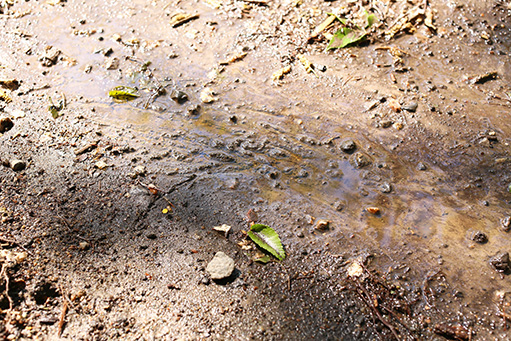
Virgin Excavated Natural Material (VENM)
Virgin Excavated Natural Material is defined as a natural material such as clay, gravel, sand, soil or rock fines, that has been excavated or quarried from areas not contaminated with chemicals or industrial process residue, nor contains any sulfuric soils or any other waste.
VENM is previously undisturbed soil, in its natural state and not mixed or contaminated in any way.
VENM is classified under The Protection of the Environment Operations Act 1997 (POEO Act).
What is the process by which Hunter Environmental Consulting assess and classify VENM?
If a previous site classification has been conducted, a soil profile will have already been generated and that can be used as a basis for determining if VENM may be suitable. If no prior works have been undertaken, an environmental scientist or geotechnical engineer will conduct an assessment in the field to determine is soils are undisturbed natural soils or emplaced fill soils.
Where an excavated material cannot be classified as VENM, it may be eligible for reuse under the excavated natural material order.
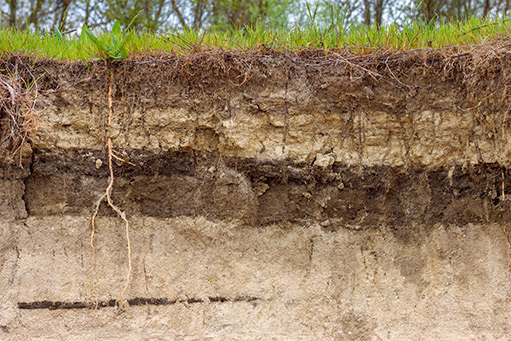
Excavated Natural Material (ENM)
When excavated material cannot be classified as VENM, qualified assessment can classify previously disturbed or minor contaminated soil as ENM.
Excavated Natural Material is classed as naturally occurring rock and soil that has:
- been excavated from the ground, and
- contains at least 98% (by weight) natural material, and
- does not meet the definition of Virgin Excavated Natural Material
Clause 93 of the Protection of the Environment Operations (Waste) Regulation 2014
What is the process by which Hunter Environmental Consulting assess and classify ENM?
ENM is assessed with reference to the NSW EPA Excavated Natural Materials Order which provides sampling density for in-situ assessment or stockpile assessment. In-Situ sampling has a higher sampling density than stockpile sampling.
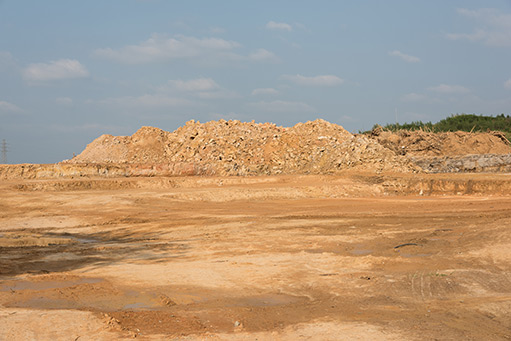
Waste Classification
Waste generated or recovered as part of construction, civil works, industrial processes or manufacturing is required to be classified and managed appropriately under the NSW Environment Protection Authority (EPA) Waste Classification Guidelines.
Hunter Environmental Consulting can undertake this process in full, including chemical assessments where required.
The Protection of the Environment Operations Act 1997 (POEO Act) identifies and defines the following classes of waste:
- special waste
- liquid waste
- hazardous waste
- general solid waste (putrescible)
- general solid waste (non-putrescible)
- restricted solid waste
Six Steps to Waste Classification
To determine which of the above classifications applies to your waste, the below steps must be followed in the correct order until the correct waste classification has been established.
The below is a truncated version of the Waste Classification Guideline set out by the NSW EPA.
Step 1: Is the waste special waste?
Special waste needs to be managed to minimise risk to the environment and human health. It includes:
- clinical and related waste
- asbestos waste
- waste tyres
- anything classified as special waste under an EPA gazettal notice.
Step 2: Is the waste liquid waste?
Liquid waste means any waste (other than special waste) that:
- has an angle of repose of less than 5 degrees above horizontal
- becomes free-flowing at or below 60 degrees Celsius or when it is transported
- is generally not capable of being picked up by a spade or shovel
- is classified as liquid waste under an EPA gazettal notice.
Step 3: Is the waste pre-classified?
Some commonly generated waste types have been pre-classified as hazardous waste, general solid waste (putrescible) or general solid waste (non-putrescible).
Hazardous waste
- Containers, having previously contained a substance of Class 1, 3, 4, 5 or 8 within the meaning of the Transport of Dangerous Goods Code
- Coal tar or coal tar pitch waste
- Lead-acid or nickel-cadmium batteries
- Lead paint waste.
General solid waste (putrescible)
Includes, but not limited to:
- Grit or screenings from sewage treatment systems that have been dewatered so that the grit or screenings do not contain free liquids
- Animal waste includes dead animals and animal parts and any mixture of dead animals and animal parts.
- Food waste means waste from the manufacture, preparation, sale or consumption of food but does not include grease-trap waste.
- Manure includes any mixture of manure and biodegradable animal bedding, such as straw.
General solid waste (non-putrescible)
Includes, but not limited to:
- Virgin Excavated Natural Material (VENM)
- building and demolition waste
- asphalt waste
- cured concrete waste from a batch plant
- glass, plastic, rubber, plasterboard, ceramics, bricks, concrete or metal
- paper or cardboard
- household waste that does not contain food waste
- grit, sediment, litter and gross pollutants collected in, and removed from, stormwater treatment devices and/or stormwater management systems, that has been dewatered so that they do not contain free liquids
- grit and screenings from potable water and water reticulation plants that has been dewatered so that it does not contain free liquids
- non-putrescible vegetative waste from agriculture, silviculture or horticulture
- building cavity dust waste removed from residential premises
Step 4: Does the waste possess hazardous characteristics?
If a waste has not been classified under Steps 1–3, it must be classified as ‘hazardous waste’ if it is a dangerous good under any of the following classes or divisions of the Transport of Dangerous Goods Code.
- Class 1: Explosives
- Class 2: Gases (compressed, liquefied or dissolved under pressure)
- Division 4.1: Flammable solids (excluding garden waste, natural organic fibrous material and wood waste, and all physical forms of carbon such as activated carbon and graphite)
- Division 4.2: Substances liable to spontaneous combustion (excluding garden waste, natural organic fibrous material and wood waste, and all physical forms of carbon such as activated carbon and graphite)
- Division 4.3: Substances which when in contact with water emit flammable gases
- Class 5: Oxidising agents and organic peroxides
- Division 6.1: Toxic substances
- Class 8: Corrosive substances.
Step 5: Determining a waste’s classification using chemical assessment
If the waste generator does not undertake chemical assessment of the waste, the waste must be classified as hazardous waste. Waste classified as hazardous waste cannot be disposed of in NSW and must be treated prior to disposal.
Hunter Environmental Consulting can undertake the appropriate test in the NATA accredited Hunter Civilab testing laboratory.
The two measurable properties of chemical contaminants used to classify waste are:
- the SCC of any chemical contaminant in the waste, expressed as milligrams per kilogram (mg/kg)
- the leachable concentration of any chemical contaminant using TCLP, expressed as milligrams per litre (mg/L).
Depending on the outcomes of these tests, the classification will result in either general solid waste, restricted solid waste, or hazardous waste.
Step 6: Is the waste putrescible or non-putrescible?
Where Step 5 results in classification of the waste as general solid waste, further assessment may be undertaken to determine whether the waste is putrescible or non-putrescible. If the waste generator does not wish to undertake a chemical assessment, the waste must be classified as ‘general solid waste (putrescible)’.
General solid waste may only be classified as non-putrescible if it is not liable to decay and as a result become putrid, rotten, or odorous, such as in the case of organics, food waste, animal waste and sewage. Non-putrescible materials typically do not readily decay under standard conditions, emit offensive odours or attract vermin or other vectors such as flies, birds and rodents.
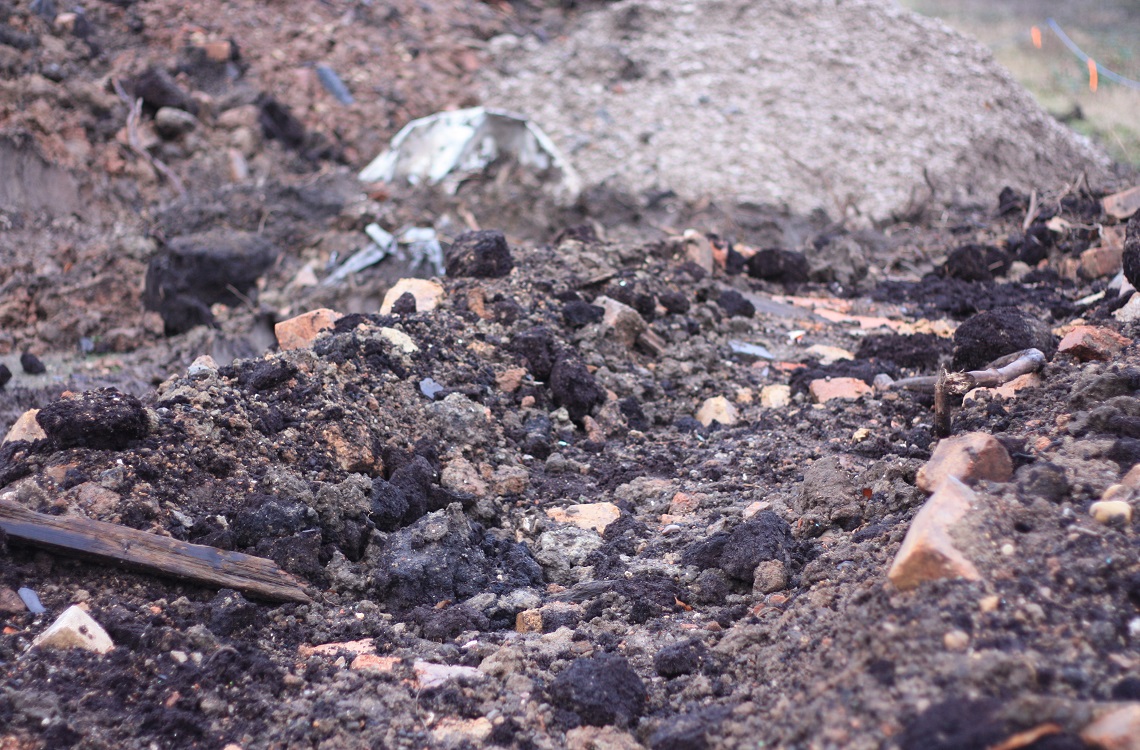
Recovered Aggregates
Under the recovered aggregates order 2014, exemptions are available to the supply of recovered aggregate for application to land as a road making material, or in building, landscaping or construction works. For the exemption to apply, requirements must be met by suppliers of recovered aggregates.
What are recovered aggregates?
Recovered aggregate means material comprising of concrete, brick, ceramics, natural rock and asphalt processed into an engineered material.
Sampling and testing for exemption
For an exemption to be granted, the processor who supplies recovered aggregates must prepare and undertake a sampling and testing regime in accordance with The Recovered Aggregates Order 2014.
Hunter Environmental Consulting can:
- develop a conforming sampling and testing plan,
- undertake the necessary material and chemical testing,
- generate written records and reports.
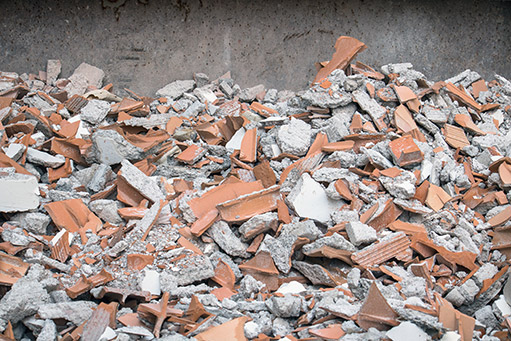
Recovered Fines
The Protection of the Environment Operations (Waste) Regulation 2014 specifies a resource recovery order for recovered fines derived from both the ‘continuous’ process and ‘batch’ processes.
The use of recovered fines is subject to Protection of the Environment Operations Act 1997 (POEO Act) and may require a sampling and testing regime. There are however exemptions available for both continuous and batch processed recovered fines that are, or are intended to be, applied to land for the purposes of construction or landscaping, subject to specific conditions.
What are recovered fines?
Recovered fines are residues left at the bottom of waste skip bins after all large recyclable material has been removed. The EPA has found this material can contain contaminants like asbestos and microplastics, which can pose potential health risks and cause environmental harm.
Sampling and testing for exemption
In order for an exemption to be granted, the processor who supplies recovered aggregates must prepare and undertake a sampling and testing regime in accordance with either The “continuous process” recovered fines order 2014 or The “batch process” recovered fines order 2014.
Hunter Environmental Consulting can:
- develop a conforming sampling and testing plan,
- undertake the necessary material and chemical testing,
- generate written records and reports.
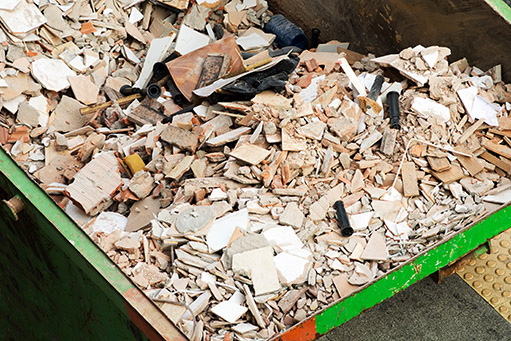
Recovered Railway Ballast
Under the recovered railway ballast order 2014, exemptions are available to the supply of recovered railway ballast for building or maintaining railway infrastructure or for road making activities. In order for the exemption to apply, certain requirements must be met.
What is recovered railway ballast?
Recovered railway ballast means free draining coarse natural aggregate of high strength and a minimum particle size of 9.5 mm.
Sampling and testing for exemption
For an exemption to be granted, the processor who supplies recovered aggregates must prepare and undertake a sampling and testing regime in accordance with The recovered railway ballast order 2014.
Hunter Environmental Consulting can:
- develop a conforming sampling and testing plan,
- undertake the necessary material and chemical testing,
- generate written records and reports.
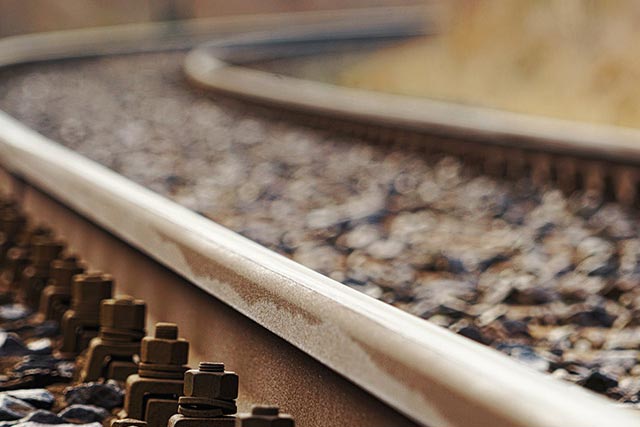
Compost and Biosolids
Organics waste, like biosolids and food and garden waste, is a highly beneficial resource that can help improve soils, boost crop yields and improve water retention.
There are, however, controls in place in NSW around the creation, treatment and use of organics as a compost. The NSW EPA’s regulatory framework is designed to ensure that waste materials can be re-used in a way that is beneficial and does not cause harm to human health or the environment.
What is compost?
Compost is any combination of organic matter such as mulch, organic garden waste, food waste and manure that has undergone microbial and heat generated decomposition.
What are biosolids?
Biosolids are an organic product recovered from treated sewage, such that it is free from disease causing pathogens and volatile organic compounds (VOCs).
The processes by which compost and biosolids can be re-used ensures they are fit-for-purpose, and pose minimal risk of harm to the environment and human health. Furthermore, there are controls in place that specify which waste materials can be recovered, how they must be processed and specifications for the end product, including testing requirements.
Exemptions exist to compost and biosolids that are, or are intended to be, applied to land as a soil amendment. Processors or manufacturers have a responsibility to meet the requirements of the orders. The customer or end user is responsible for how it is used, as contained in the exemptions.
Sampling and testing for exemption
In order for an exemption to be granted, the processor who supplies compost or biosolids must prepare and undertake a sampling and testing regime in accordance with The compost exemption 2016 and The biosolids exception 2014.
Hunter Environmental Consulting can:
- develop a conforming sampling and testing plan,
- undertake the necessary material and chemical testing,
- generate written records and reports.
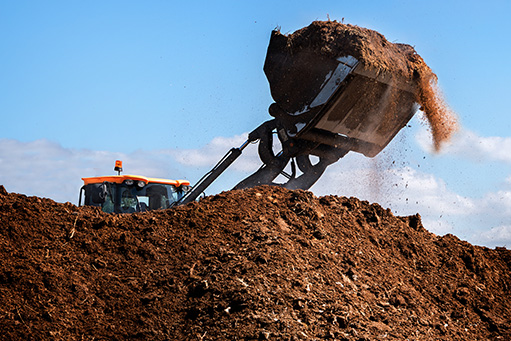
Importance of Soil Segregation During Civil Works
Soil segregation can prove a critical factor in reducing costs of soil removal/disposal.
Excavated soils of varying composition are often mixed during the civil works component. Early categorisation is key to reducing costs of soil export.
Clean soils are often mixed with soils containing waste, turning clean, reusable soil (VENM/ENM) into waste.
VENM & ENM can often be disposed of for little to no disposal cost, as they can be imported into any site that has DA approval for filling.
If material is not suitable for VENM/ENM, it must be waste classified in accordance with the NSW Waste Classification Guidelines 2014.
Acid sulfate soils can only be waste classified and disposed of as General Solid Waste following treatment as specified in Part 4 of the NSW Waste Classification Guidelines.
Partner with us on your next project
Contact our specialised team for more information about our services.